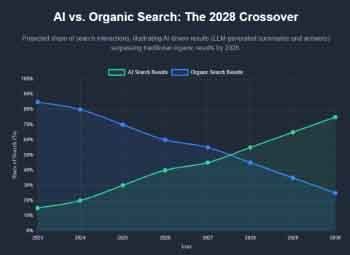We got it.
Thank you for contacting us.We’ll get back to you as soon as possible.
How to Reverse Engineer Your Competitors' Marketing Strategy and Stop Losing Sales to Them
By Doug Mansfield • 27 October 2025

When Expertise Becomes a Liability
It’s one of the most baffling problems a business owner can face. You are the undeniable expert in your field. You know your product, your industry, and your customers inside and out. Yet, you’re still losing sales to competitors you know aren't as good as you. Why? The answer is often uncomfortable: your expertise might be the very thing holding you back. As the founder or the primary expert, you’re likely trapped in what I call "marketing inside the expert's bubble."
Searching Like an Expert vs. Buying Like a Customer
This is a common challenge. You tend to search for your services in ways that make sense to you, using industry jargon and technical terms. But these don't accurately reflect the search experience your potential customers are traveling. You are invisible to them because you aren't on the path they are walking.
Pop the "Expert's Bubble"
To win those early-stage sales, you have to stop thinking like the expert and start thinking in terms of the problems your potential customers are trying to solve. You have to position yourself to intercept them during the research phase of their sales cycle.
- You (The Expert) search: "5-axis CNC machining services in Houston"
- Your Customer (The Problem-Haver) searches: "how to get a custom metal part made for my prototype"
See the difference? Your customer isn't looking for you yet. They are looking for a solution.
By creating content that aligns with their problem, you not only intercept them but also better
position your website to appear in AI search results. Large Language Models (LLMs) like ChatGPT and Google Gemini are designed to synthesize information and answer problem-based questions. They are looking for content that directly solves a user's query.
That does not mean you abandon
SEO. It means you align your content with today's customer journey, which starts with questions, not brand names. You are intercepting potential clients seeking solutions to a problem that you can solve for them. With that mindset, it's time to start searching.
DIY Guide to Emulating Your Competition
Professional marketing agencies may use sophisticated methodologies and tools to attack this problem with scientific precision. But today, I'm discussing what you can do on your own, right now. But, for reference, here are some common tools that have the capabilities to make competitor research more efficient and insightful:
- SEM Rush (https://www.semrush.com)
- Ahrefs (https://ahrefs.com)
- SimilarWeb (https://www.similarweb.com)
- SpyFu (https://www.spyfu.com)
I never suggest copying a competitor's strategy, but I absolutely suggest emulating it and improving upon it.
- Search Like a Customer: Open an incognito browser window and start searching for the problems you solve. Note who comes up consistently.
- Pay Attention to AI Results: When you use an AI-powered search, pay close attention to the companies and, more importantly, the specific pages that are cited in the results.
- Analyze the Winning Page: This is where a little technical expertise becomes a huge benefit. Look at the page that Google is referencing. How is it structured?
- How are they using schema markup ?
- What is their main H1 (Header 1) tag ?
- How are they using H2s, H3s, and ordered lists to communicate the content's structure to Google?
- Inspect the Elements: If you're technically savvy, hit F12 on your keyboard to bring up Google's developer tools console and inspect the page elements. Look at their meta descriptions, their image alt-tags, and the keywords they are using. Ask yourself: "What inspired Google to cite them as a reference instead of me?"
- Be Realistic (Time and Authority): Often, time is the deciding factor. If their page has been indexed for years and, more critically, has won links from other reputable websites, you have a formidable challenge to displace them.
At this stage, it might make sense to determine if your keyword phrase was too broad. This is where you need to
differentiate . Instead of fighting a losing battle for a broad term, focus on more specific phrases that differentiate you from competitors and align with a more targeted customer problem.
Ultimately, the goal is not to copy but to emulate what your competitors are doing, understand why it's working, and then do it better. By stepping outside your own expert's bubble, you can finally align your marketing with the journey your customers are actually on.
My name is Doug Mansfield, and I’ve built my career on finding these gaps and turning them into revenue. If you're tired of doing the analysis yourself and want a professional strategy to stop losing sales, reach out to Mansfield Marketing for a
no-hassle consultation.
This blog post was written by the founder of Mansfield Marketing, Doug Mansfield.
- Visit Doug Mansfield's professional portfolio website.
- Connect with Doug Mansfield on LinkedIn.
Latest Posts














